
- Home
- India
- World
- Premium
- THE FEDERAL SPECIAL
- Analysis
- States
- Perspective
- Videos
- Sports
- Education
- Entertainment
- Elections
- Features
- Health
- Business
- Series
- In memoriam: Sheikh Mujibur Rahman
- Bishnoi's Men
- NEET TANGLE
- Economy Series
- Earth Day
- Kashmir’s Frozen Turbulence
- India@75
- The legend of Ramjanmabhoomi
- Liberalisation@30
- How to tame a dragon
- Celebrating biodiversity
- Farm Matters
- 50 days of solitude
- Bringing Migrants Home
- Budget 2020
- Jharkhand Votes
- The Federal Investigates
- The Federal Impact
- Vanishing Sand
- Gandhi @ 150
- Andhra Today
- Field report
- Operation Gulmarg
- Pandemic @1 Mn in India
- The Federal Year-End
- The Zero Year
- Science
- Brand studio
- Newsletter
- Elections 2024
- Events
IN PHOTOS: How a ‘Pen Hospital’ is scripting the return of fountain pens
A deluge of memories swept over Subrata Mitra, a retired headmaster of a government school, when he sighted it amidst a clutter of household sundries lying around his home.It was a Pelikan 400 fountain pen in its iconic green-black stripe with a 14-karat gold nib. Mitra had received it from his grandfather as a ‘prize’ for securing first division in his Class 10 Madhyamik exam in...
A deluge of memories swept over Subrata Mitra, a retired headmaster of a government school, when he sighted it amidst a clutter of household sundries lying around his home.
It was a Pelikan 400 fountain pen in its iconic green-black stripe with a 14-karat gold nib. Mitra had received it from his grandfather as a ‘prize’ for securing first division in his Class 10 Madhyamik exam in 1972.
The piston-filler pen was ideal for long writing sessions, a student stepping into the pre-university grade would encounter, because of its large-ink capacity, the old man reasoned while selecting the present.
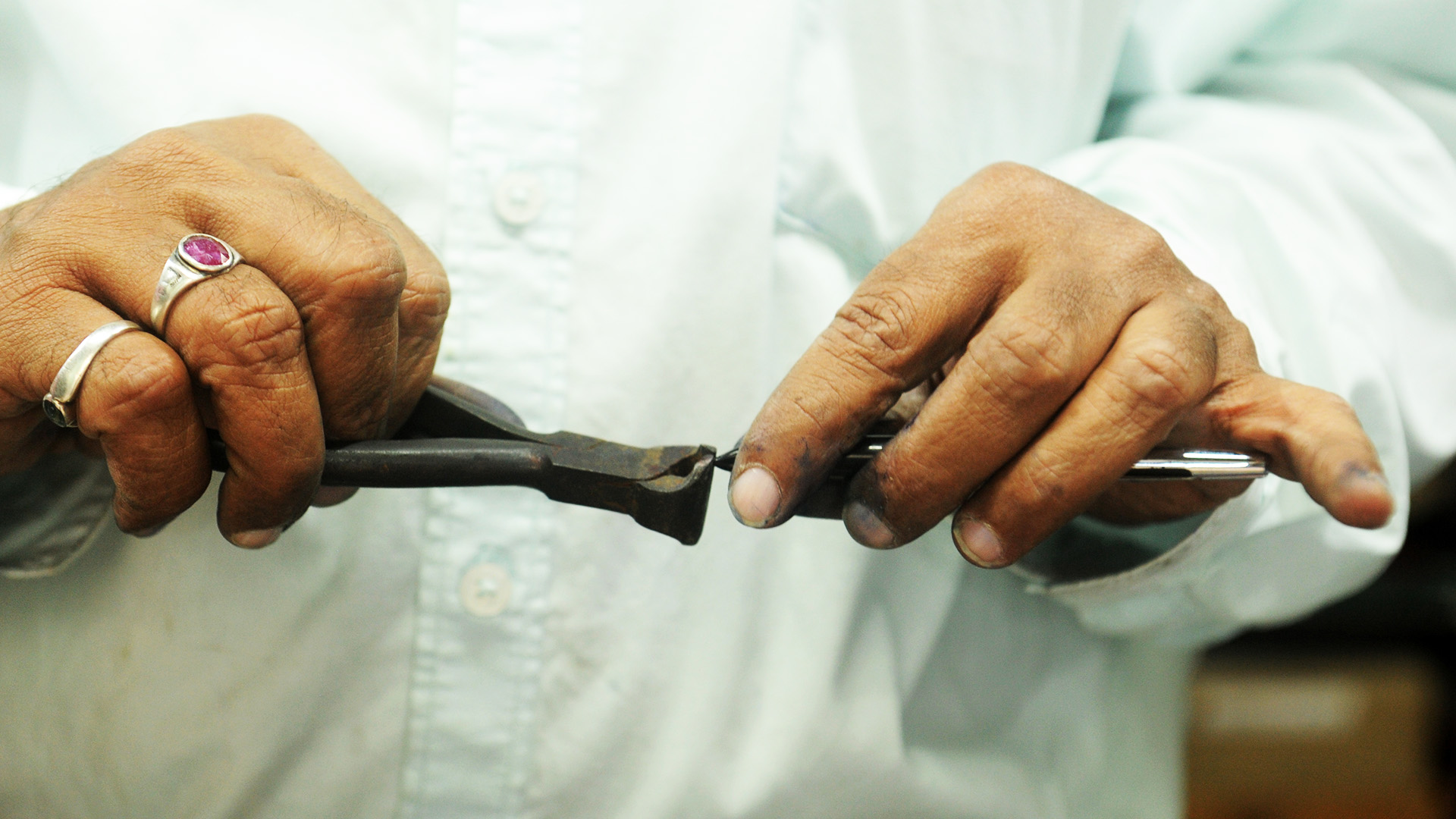
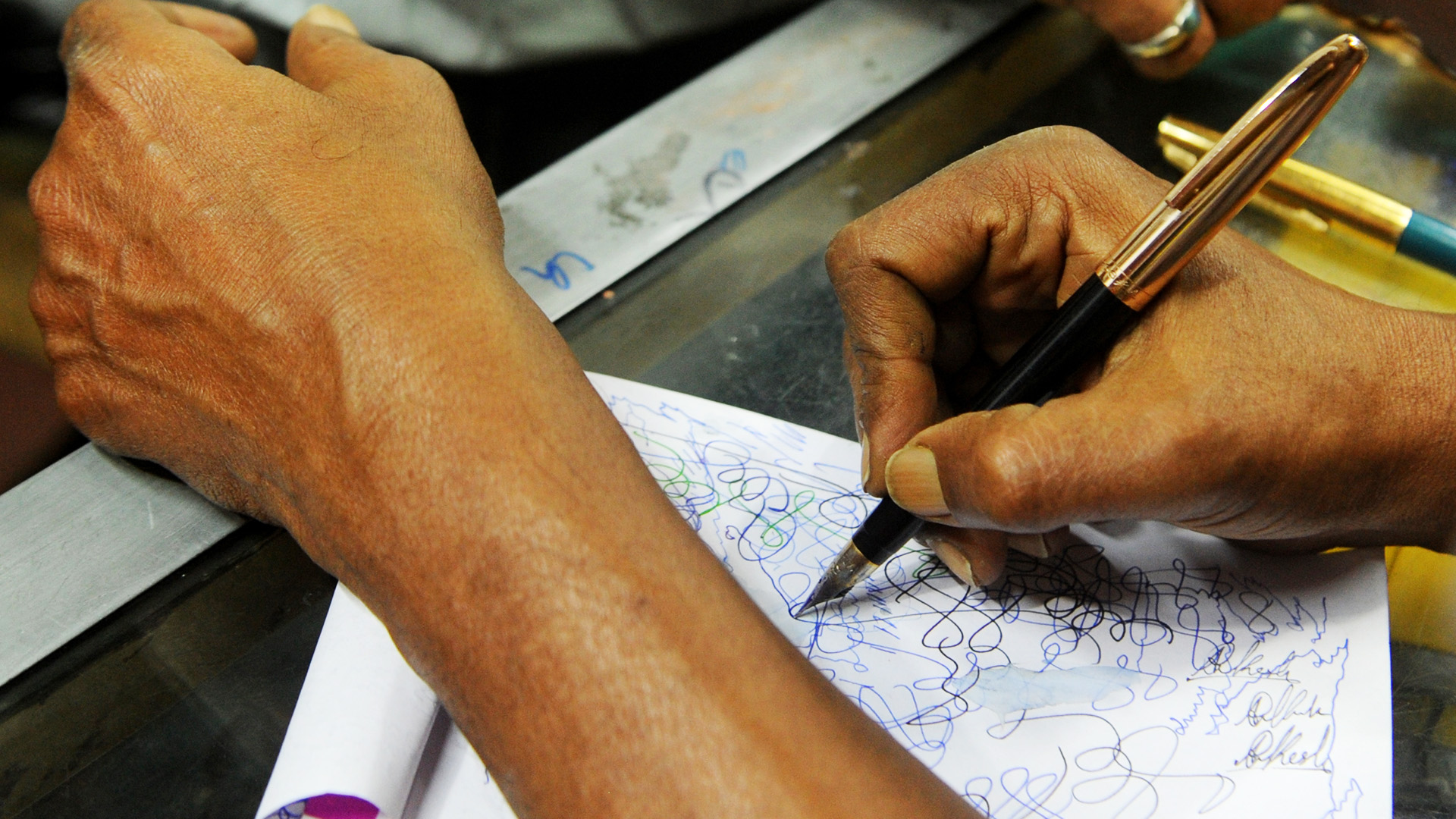
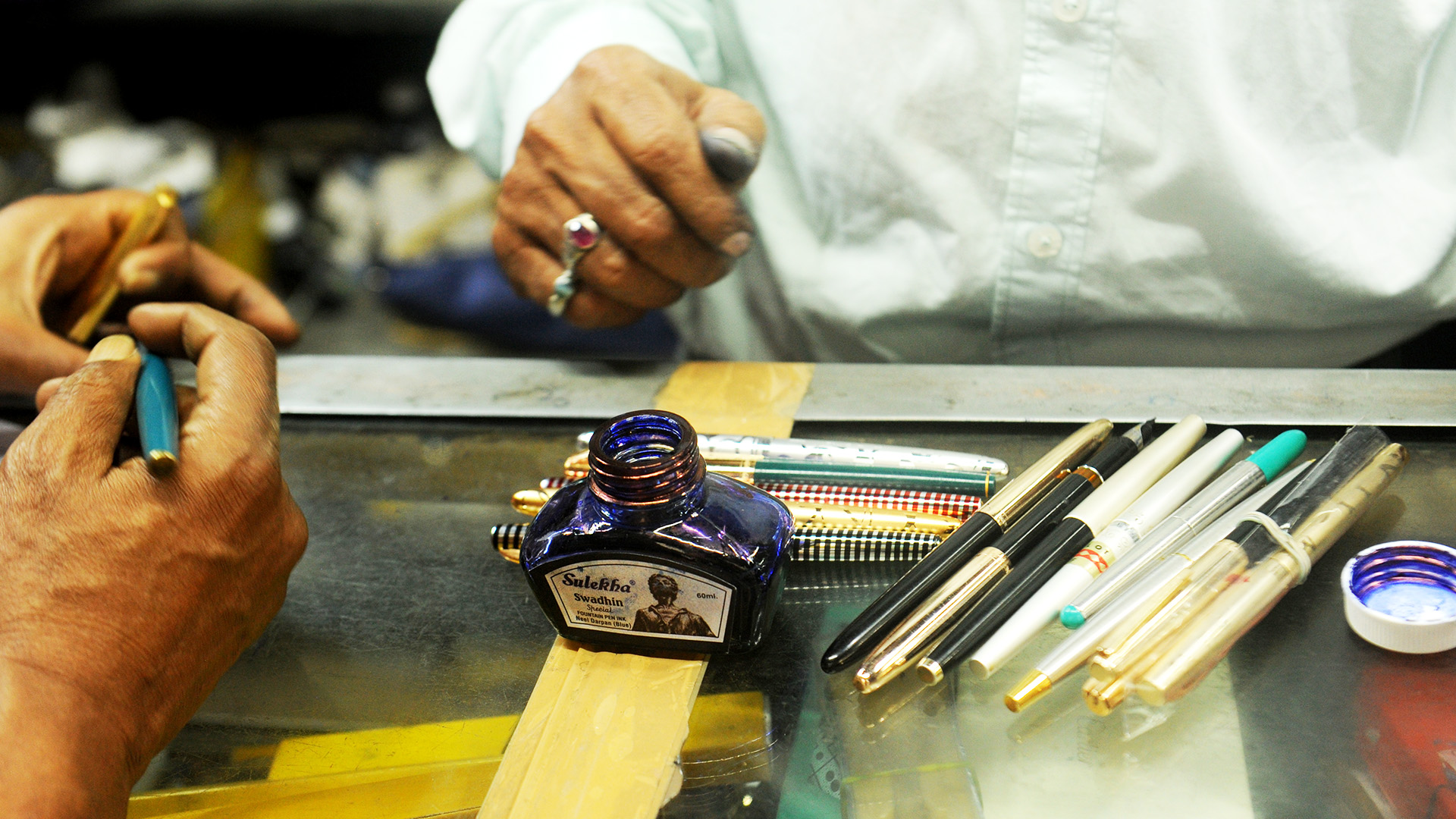
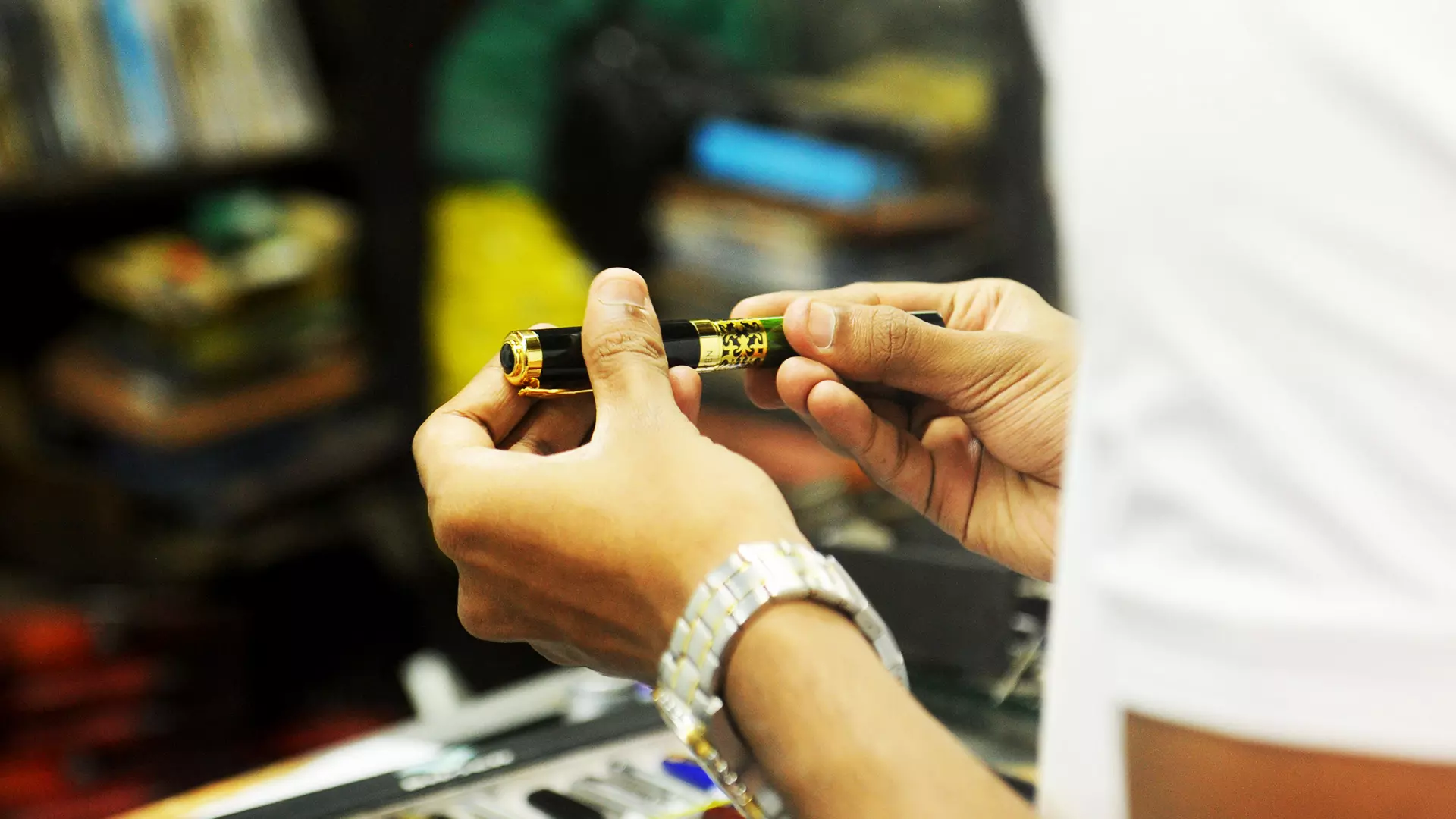
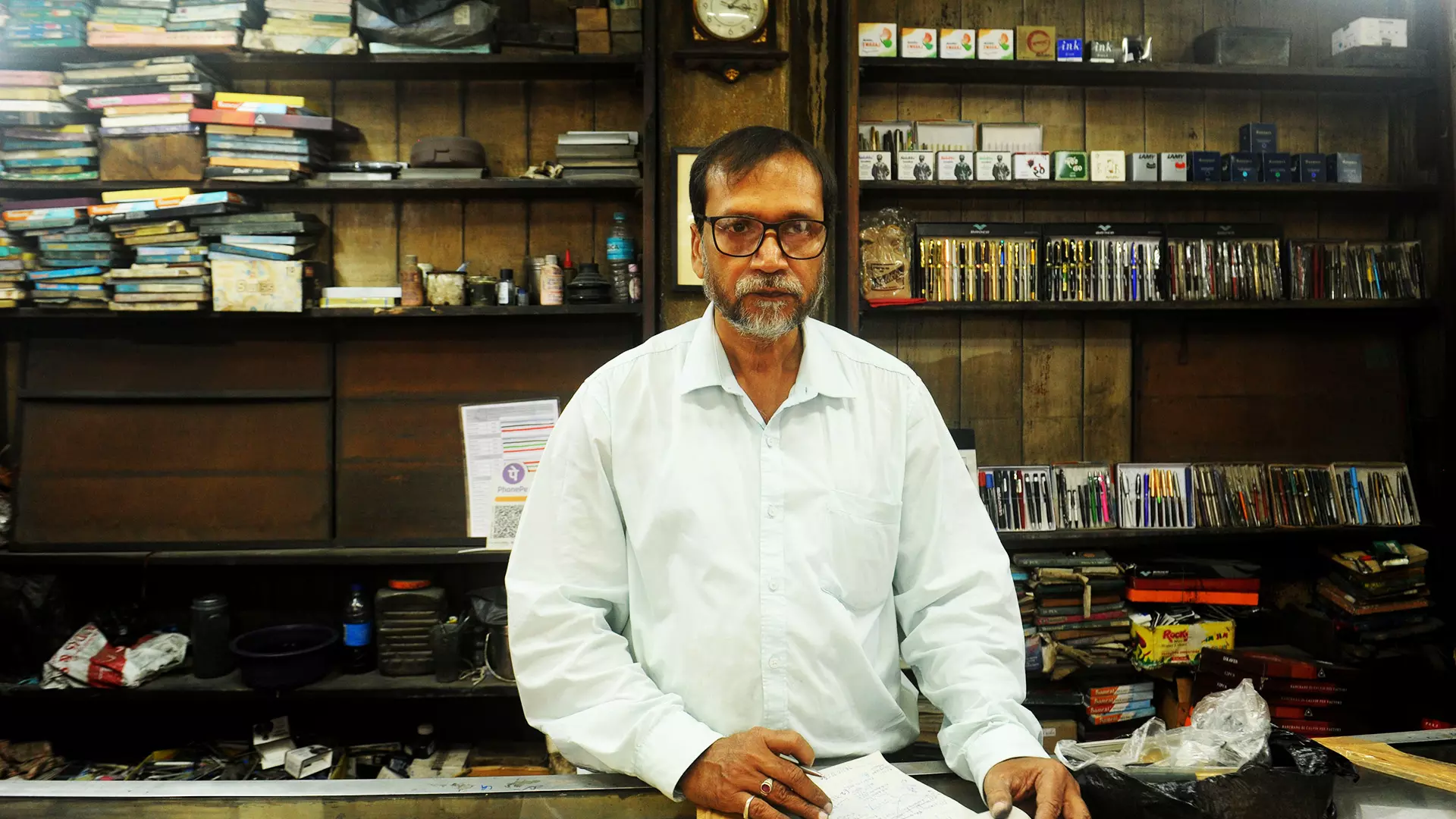
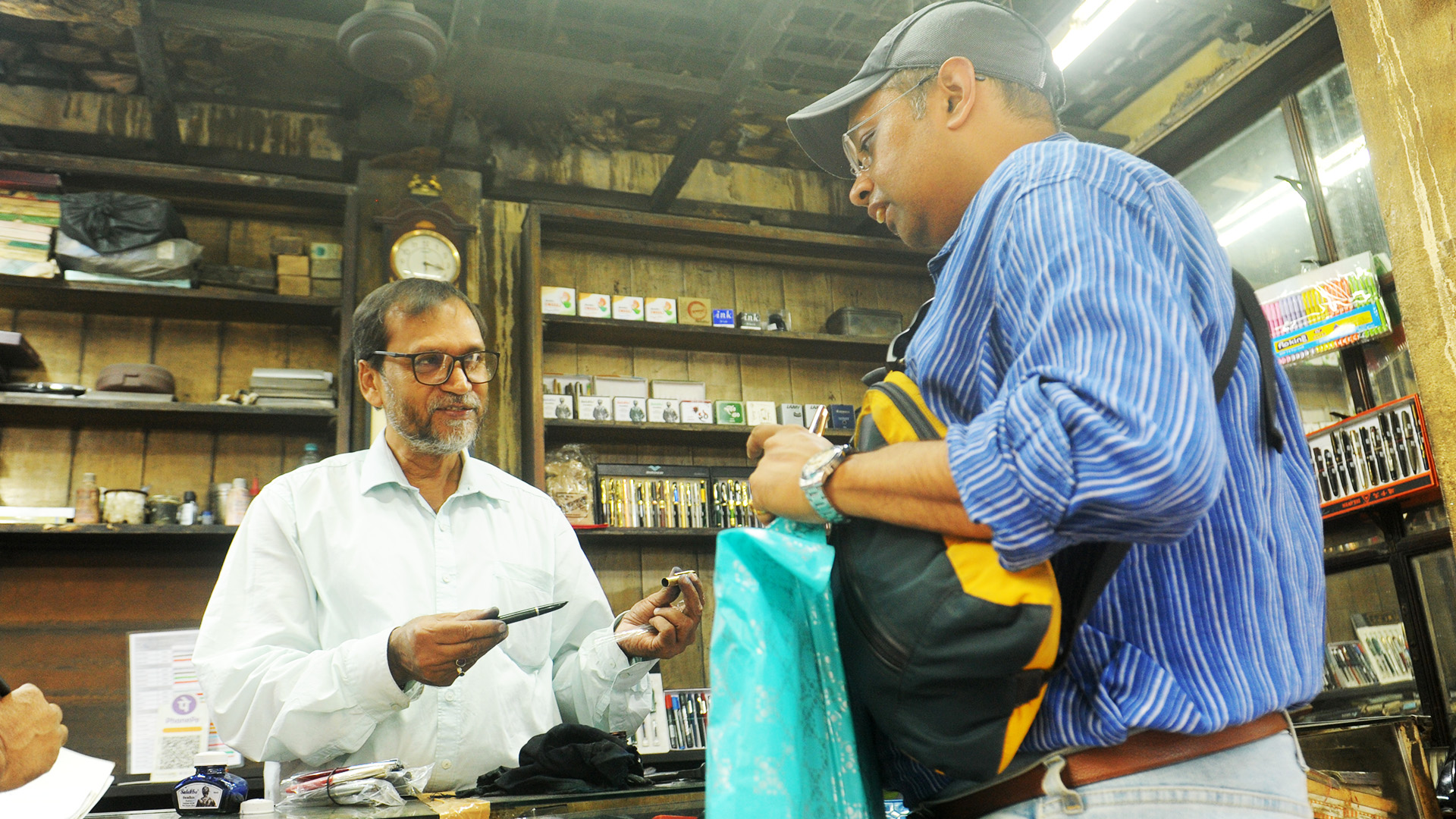
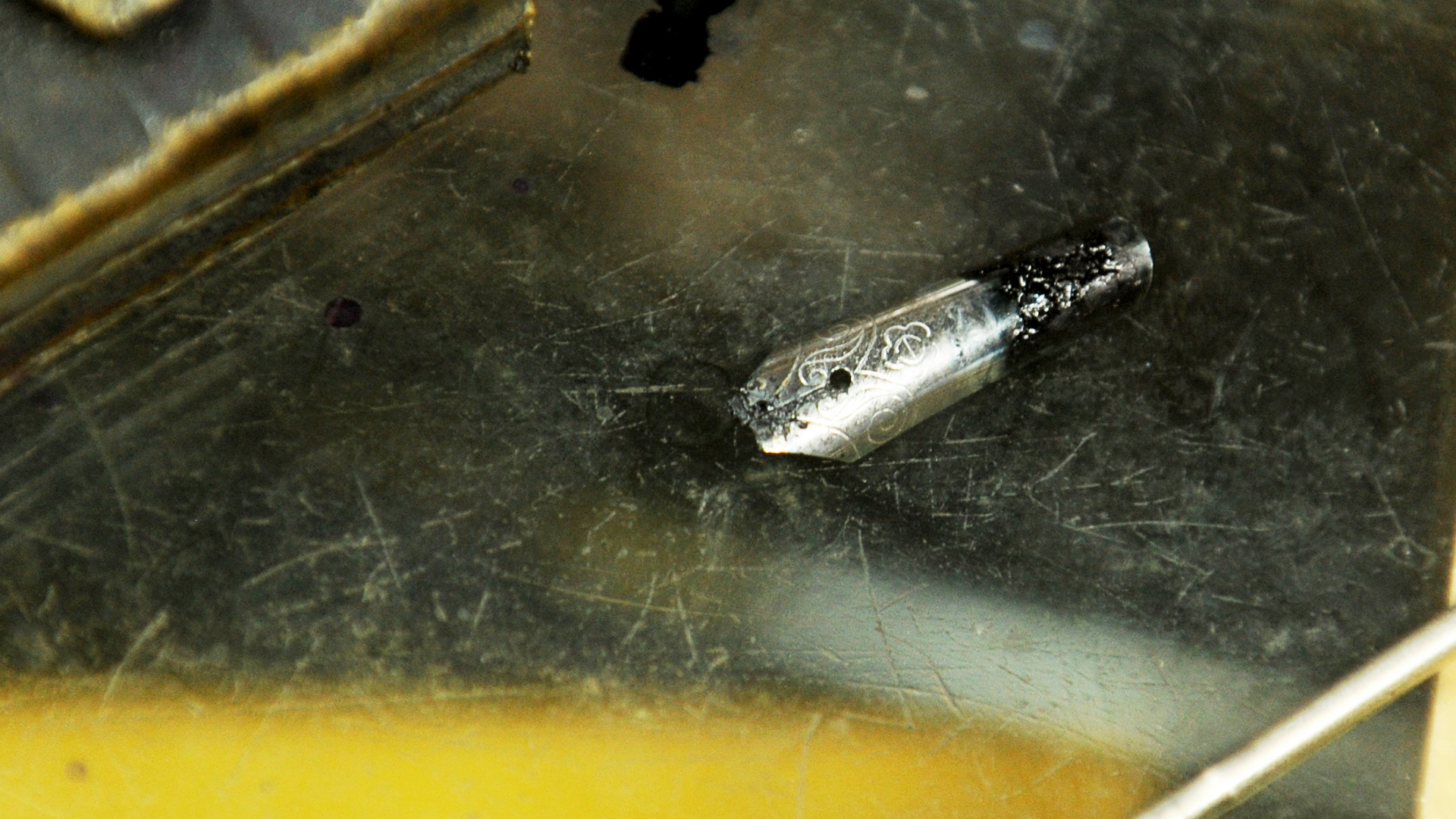
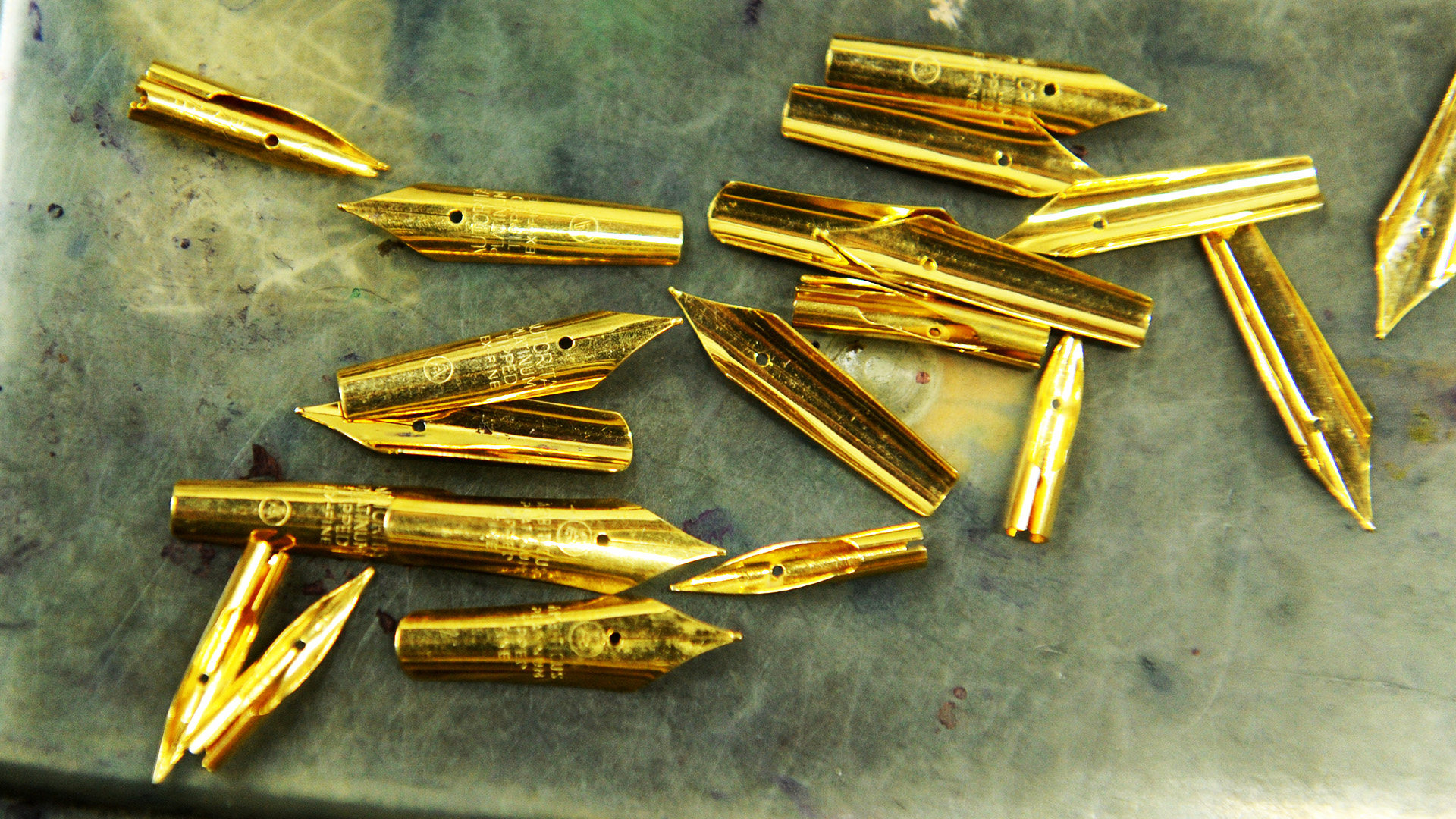
It remained a part of Mitra, as was his grandfather, through his pre-university and university days. “It was with this pen, I had written my first love letter to my would-be wife,” he recalled fondly. With the passage of time, like everything that is old, it had faded into oblivion being just another archaic object much like the grandpa himself—now long dead.
Its chance-recovery after all these years while cleaning the store room during the Covid-induced lockdown untangled an old loop within Mitra. He was instantly teleported down the memory lane, causing twinges of sorrow that he had never imagined the inconsequential writing instrument was capable of evoking in him.
“Then and there I made up my mind to preserve it for the sake of auld lang syne,” he recalled. But it was easier said than done. It obviously refused to write after years of not being in use. The time had clearly taken a toll on the pen.
“I was not sure whether it could be used again. Nevertheless, I kept it as a souvenir from my grandpa. Then one day an old colleague of mine told me about this shop on 9B, Chowringhee Road, Esplanade that goes by this fancy name — Pen Hospital,” Mitra recollected in a conversation with The Federal.
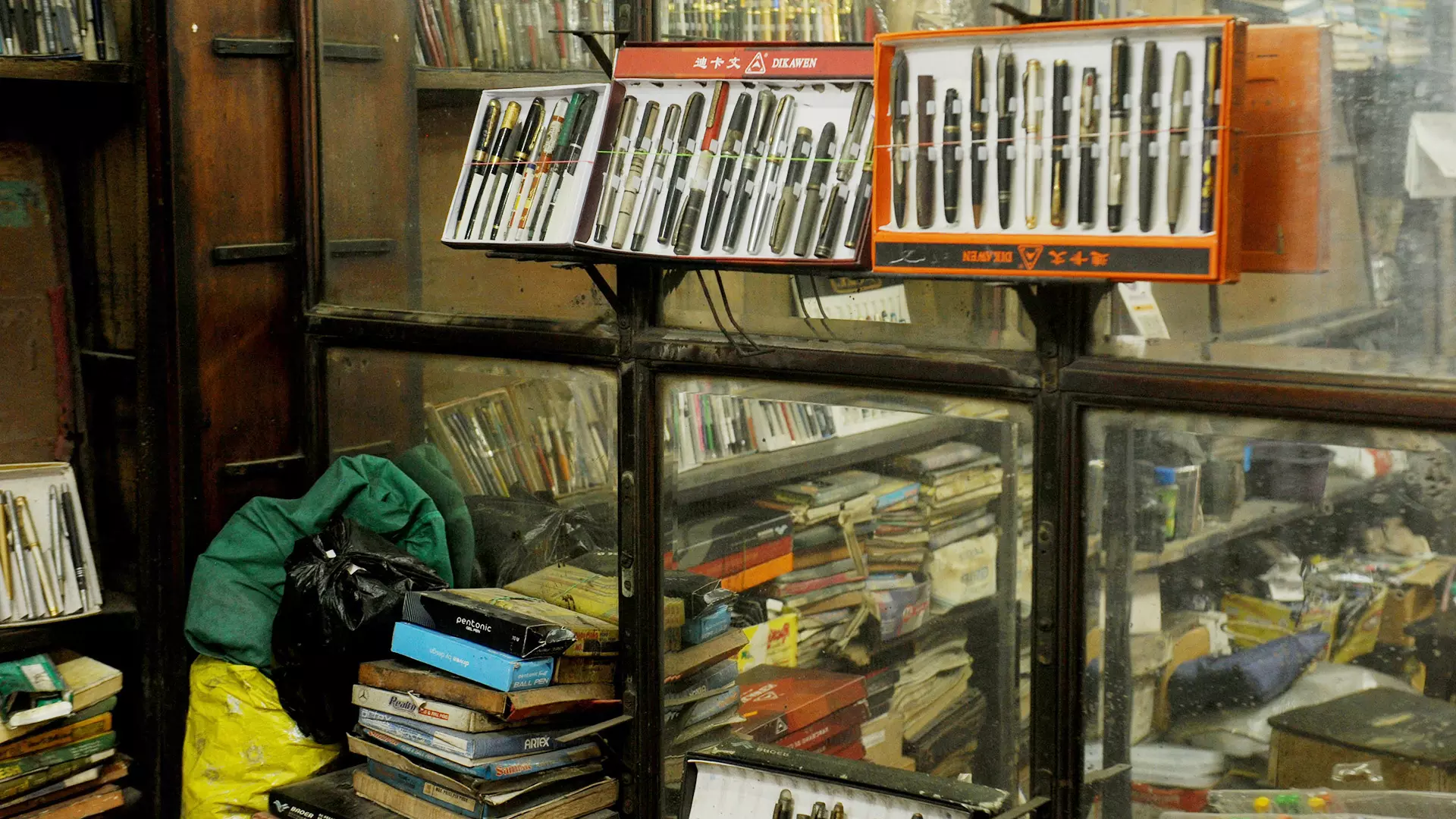
The shop is deceptively unimpressive, cramped with a few dated wooden almirahs and a rectangular-shaped wooden glass counter that doubled as a workstation for Imtiaz. The almirahs and glass shelves are stuffed with old and new pens of Indian and global brands. Photos: Debosree Chatterjee
This outmoded little shop in a narrow alleyway off the Jawaharlal Nehru Road in central Kolkata is no less an iconic establishment itself. This one-of-its-kind shop has been repairing (or should we say treating) broken nibs, cartridges and pistons of fountain pens since 1945—that is even before India attained independence.
“My grandfather Mohammed Shamsuddin had started this Pen Hospital in 1945 and after his death, my father Mohammed Sultan took over. Now, I am carrying forward the 78-year-old legacy,” the current owner, Mohammed Imtiaz, said in between resurrecting to life a high-end Parker Vacumatic of 1930-model, a judge of a session court left with him to repair its broken gold nib.
The shop is deceptively unimpressive, cramped with a few dated wooden almirahs and a rectangular-shaped wooden glass counter that doubled as a workstation for Imtiaz.
The almirahs and glass shelves are stuffed with old and new pens of Indian and global brands such as Parker, Mont Blanc, Pelikan, Hero, Sheaffer, Waterman, Pierre Cardin, Wilson, Sulekha, to name a few.
The asbestos-roofed shop does not even have a proper sign-board. But that has never been a hindrance for those driven by the love of fountain pens in locating the shop. Customers not only from Kolkata and its surrounding areas but from across the world come to this unique “hospital”. Many even couriers their malfunctioning pens for fixing.
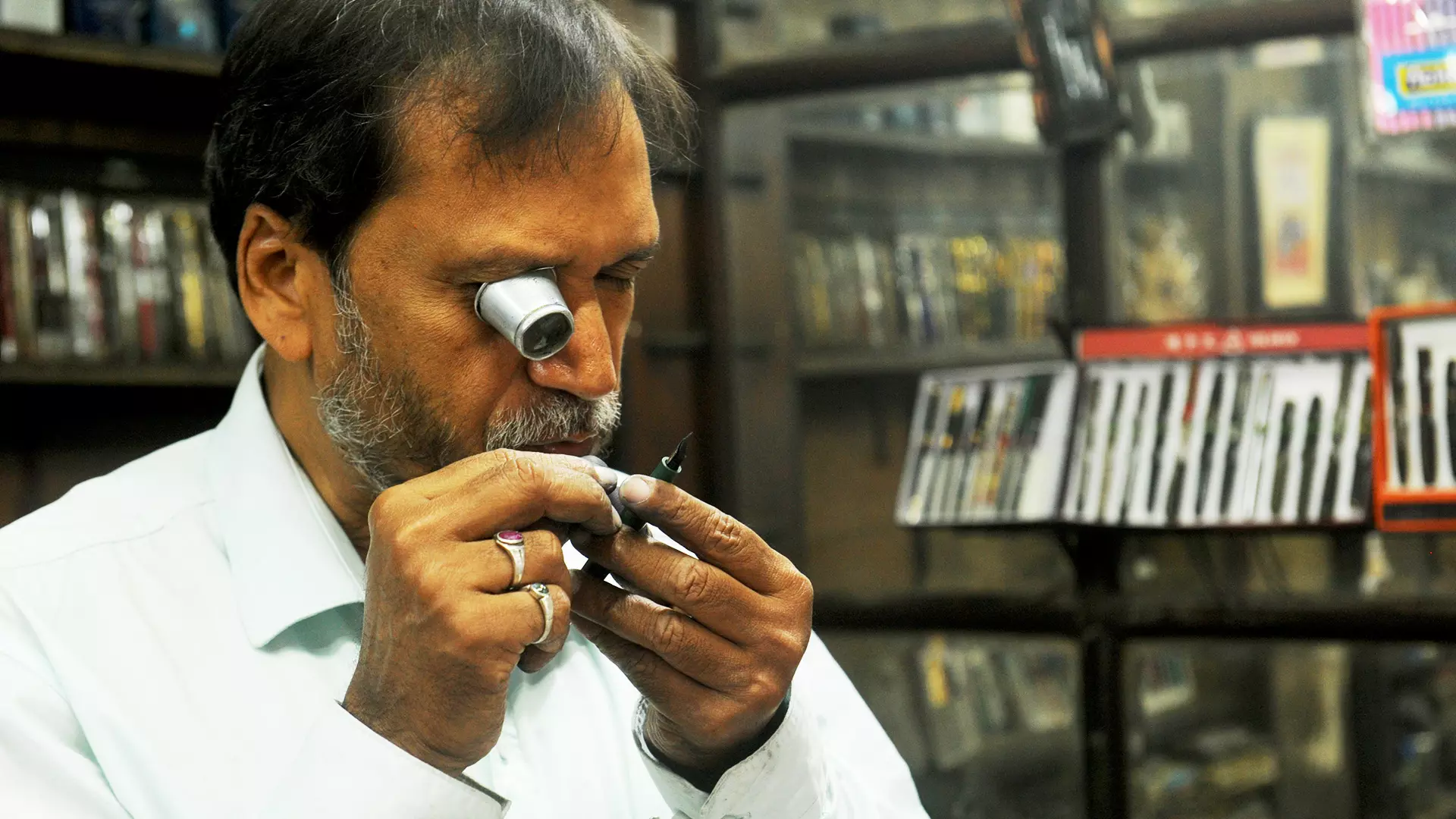
Old pens are 'treated' at Pen Hospital. People from across India send their old pens through courier to the shop.
“This is the go-to place for anything that has to do with fountain pens. Vintage pen collectors and connoisseurs can get their prized-possession repaired here. You can also buy some vintage pens apart from new ones at very reasonable prices,” said Sayantan Dey, a project consultant with the Himachal government.
Dey, a fountain pen enthusiast, has an impressive collection of a Parker Vector Gold, a couple of Mont Blancs and a few from the Chinese-made Hero series.
He was at the Pen Hospital to get a check-up for his Hero 100, a gift from his cousin brother dating back 2000-01. “That was the time when fountainpens were almost taken off the market. Knowing my penchant for them, my cousin had brought this one for me from Chicago.”
A few months ago, it stopped writing. “Whenever I come back home in Kolkata, I invariably visit here either to repair my old pen like this one (Hero 100) or to buy some antique stuff,” Dey said.
A fountain pen can be sold for anything ranging from Rs 200 to Rs 50,000 and more, Imtiaz said.
“I always write with a fountain pen,” Kauisik Guha, a retired employee of Sahitya Akademi and another regular at the Pen Hospital, said. “It always makes a good impression, besides the aesthetic value.” Guha claims to have a collection of over a few thousands fountain pens of various brands and makes.
The shop boasts of repairing pens of many renowned personalities including that of Oscar-winning director late Satyajit Ray.
It had certainly seen better days. “Business was at its peak until the 1980s. From the 1990s it started declining and the phase continued till 2010. At one point, we survived only by repairing and selling vintage pens,” Imtiaz recalled.
Fountain pens have a 10 per cent market share for writing instruments in India, according to a 2020 Mint article. Imtiaz said the demand has spiked after Covid.
“The Global Fountain Pen market is anticipated to rise at a considerable rate during the forecast period, between 2023 and 2030. In 2022, the market is growing at a steady rate and with the rising adoption of strategies by key players, the market is expected to rise over the projected horizon,” said a 360 Research Report published in September this year.
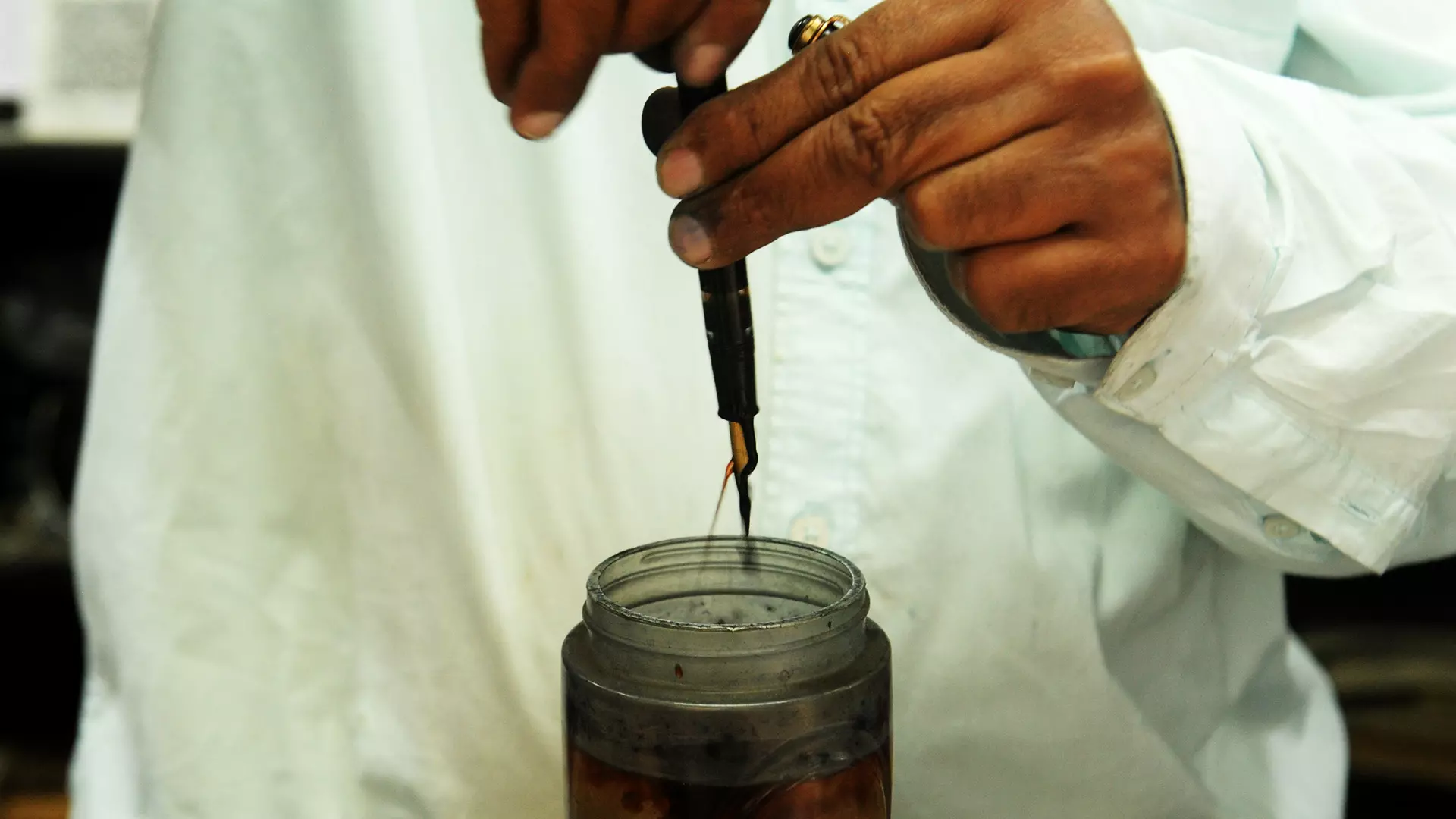
The shop boasts of repairing pens of many renowned personalities including that of Oscar-winning director late Satyajit Ray.
The fountain pen market is expected to grow at a CAGR (compound annual growth rate) of 12.7 per cent during 2023-30, according to another report by Reliable Business Insights.
The renewed interest has made Imtiaz quite bullish about the future of fountain pens and so also the legacy he inherited. He is now passing on the craft of repairing malfunctioned vintage pens to his son and nephew.
Not everyone, however, shares his optimism. Mitra, for one, feels fountain pens cannot be resurrected to its old glory — like the time when loss of a pen would often lead to even police cases.
Today, it may sound strange. Back in 2018, Nobel Laureate Rabindranath Tagore received a summon from the police court in Lalbazar to appear before it as a witness to get back his prized possession—a fountain pen—that went missing.
In the 21st century, there are several factors that fuel the enthusiasm around the return of the fountain pen.
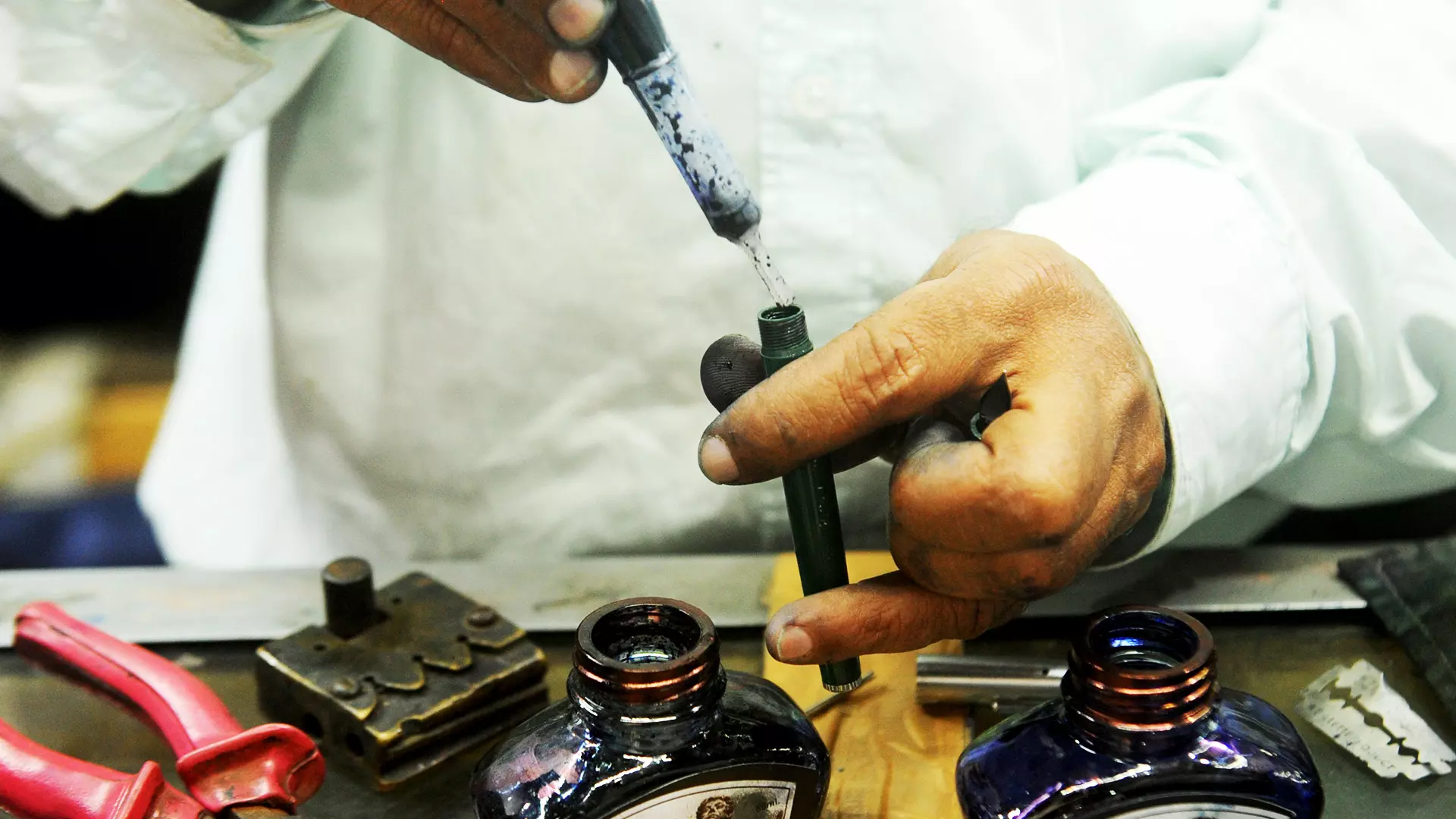
Many consider piston-filler pen as ideal for long writing sessions.
The pens are friendly to the environment; they are economical in the long run as one pen can be used for years; they cause lesser hand fatigue as they can be used with minimal pressure unlike ball pens and they are customisable as one can use an italic nib for calligraphy, or a broad nib for a bolder script or a super-fine nib. Modern fountain pens don’t bleed ink unlike some of the cheaper versions of the past.
While the quiet return of the fountain pens is attributed, apart from unique writing experience and nostalgic appeal, to their several advantages, in this digital age, when handwriting itself is becoming a dying art, fountain pens would need more than enthusiasts, connoisseurs, calligraphy students and nostalgia to sustain the romance generated over it. The good news is it is not going the way of the dodo. Not yet.

